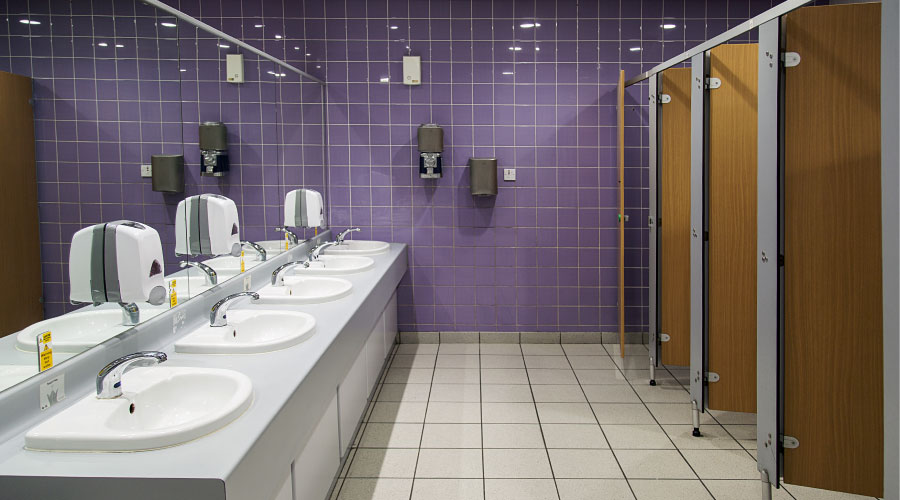Upgrading Restrooms Requires Sufficient Planning
When maintenance and engineering managers make the decision to upgrade restrooms in institutional and commercial facilities, they typically are motivated by one or more common goals. They might want to reduce water use in restrooms in an effort to curtail utility costs. They might want to implement a design that reduces maintenance costs by making it easier to keep the restrooms clean.
In some cases, user complaints might motivate them to seek a new restroom with improved hygiene. Or they simply might want to bring the image of the restroom projects in line with the rest of the facility.
How well managers achieve their desired goals depends on the care with which they approach the process of planning restroom upgrades. But following the same processes they followed for past upgrades will only give them the same results.
Poor decision making during the upgrade planning can lead to unnecessarily high operating and maintenance costs, materials and finishes that require more frequent replacement, an increase in complaints, and increased health and safety risks. But careful planning combined with detailed specifications can help managers achieve these goals without causing problems for the organization's bottom line.
Charting a Course
Managers should start the restroom upgrade process by clearly identifying the goals of the project. Forget cookie-cutter approaches. Most likely, they are the cause of the restroom's current problems. Instead, managers should approach every decision with a clear understanding of the way it will affect the desired goals of the upgrade.
For example, if one of the primary goals is to reduce cleaning costs, managers will need to evaluate the impact of every element in the new restroom design — including ceilings, floors, fixtures, surfaces and finishes — in terms of its relative cost to maintain its cleanliness.
Perhaps the most common error managers make when planning restroom upgrades is focusing on first costs. Over the life of a restroom, first costs in most applications are small, relative to operating and maintenance costs.
Focusing too heavily on an upgrade project's first costs also can result in a restroom design that does not allow managers to achieve long-term savings and hygiene goals. In many cases, even slight increases in first costs can result in very significant decreases in long-term operating and maintenance costs.
Related Topics:













